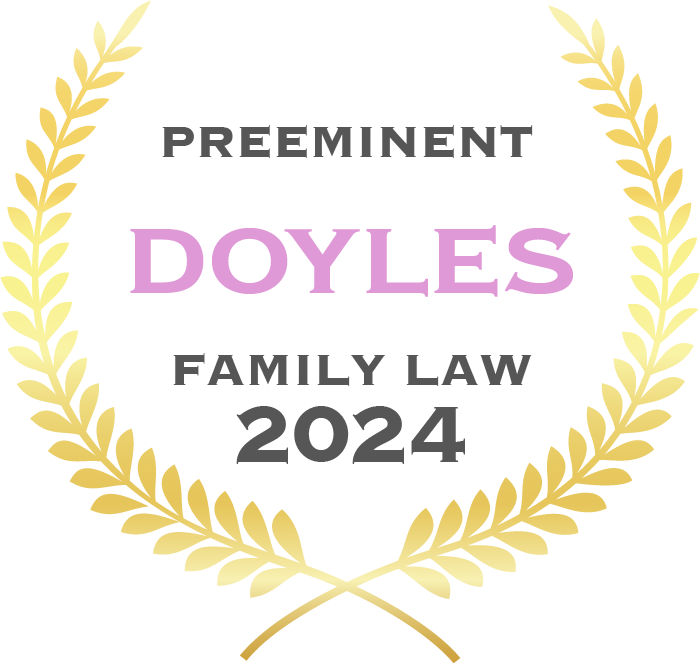Introduction
- A landlord’s re-entry of premises, and its consequential claims against a tenant for losses suffered by the landlord, may evolve into a messy affair for the unprepared. To assist landlords in such situations, Eversheds Harry Elias LLP has prepared this basic guide of the general ‘dos and don’ts’ for re-entry in its three main stages: before, during and after re-entry.
Before re-entry
- The landlord should first consider whether re-entry is the preferred option (if such right is afforded by the tenancy / lease agreement), because there are other practical legal options that may also address rental arrears, and it may be advisable to consult solicitors to formulate the best approach in the particular circumstances of the case.
- Upon deciding that re-entry is the preferred option, the landlord may consider issuing a notice of intended re-entry in accordance with the tenancy / lease agreement to the tenant should the tenant persist in failing to pay the rental arrears. The contents of the notice typically specify, amongst other things, the landlord’s instructions to the tenant for a proper handing over, in the event of re-entry.
Upon re-entry (at the premises)
- Should the landlord proceed to exercise its right of re-entry, the landlord should prepare an inventory list of the items left behind in the premises, as well as a list of defects to document the condition of the premises. If possible, have the tenant countersign the lists as confirmation. This is to prevent any dispute by either party as to the items left in the premises, and the condition of the premises, at the time of re-entry.
- Whilst the tenant will be required to return all keys to the premises, the landlord should consider whether there is a real concern that not all keys are returned. If so, the landlord may consider immediately replacing the locks, or alternative means to secure the premises.
After re-entry
- A landlord has a general duty to act reasonably and to mitigate its losses, notwithstanding that it is the tenant who had breached the tenancy / lease agreement. Such duty includes finding a replacement tenant as soon as possible after re-entry, at a rental price that is appropriate and reasonable in the particular circumstances.
- Where the tenancy / lease agreement contractually obliges the tenant to reinstate the premises upon determination of the lease, the landlord should, similarly, proceed with reinstatement works as soon as possible, at reasonable pricing and scope of work, with proper documentation, to facilitate a subsequently claim against the tenant for reinstatement costs.
- The balance security deposit, if any, should be returned to the tenant in accordance to the terms of the tenancy / lease agreement. A statement of account detailing how the security deposit has been utilised should be prepared and provided to the tenant. If the landlord’s claim exceeds the security deposit, the landlord should notify the tenant of the same, and may demand payment of the excess from the tenant. If necessary, the landlord may consider instructing solicitors to commence legal proceedings in order to recover its claim.
Conclusion
- A ‘one-size fits all’ solution to problems is a legal rarity. While the above guide seeks to cover some common scenarios, every situation is unique, and is ultimately subject to the particular circumstances of the case and the actual terms of the tenancy agreement. Thus, if there is any uncertainty, a prudent landlord should consult solicitors for assistance.
- Eversheds Harry Elias regularly provides advice on tenancy matters, such as drafting and reviewing tenancy agreements, enforcing tenancy terms, and recovering rental arrears. We also assist in debt recovery, award enforcement, restructuring and insolvency (individual and corporate) matters. Our clientele includes major REITs and landlords of prominent commercial, retail and residential properties, established banks, financial institutions and individuals.
Authors:
Justin CHIA
Head, Restructuring and Insolvency
Partner, Litigation Practice Group
KOK Yee Keong
Senior Associate, Restructuring and Insolvency,
Construction and Engineering, and
Litigation Practice Groups
Jian Zhi CHUA
Senior Associate, Restructuring and Insolvency,
Construction and Engineering, and
Litigation Practice Groups







